Manali, at the northern end of the Kullu Valley in Himachal Pradesh, is a hill station situated at a height of 2050m (6398 ft) in the Himalayas. Situated on the Beas river (Vyaas in Hindi) and near its source, it is a popular tourist spot for Indians in summer and a magical, snow-covered place in winter. Manali is named after the Sanatan Hindu law benefactor Manu. Legend has it that sage Manu stepped off his ark in Manali to recreate human life after a great flood had deluged the world. Manali lies in the North of Kullu Valley. The valley is often referred to as the ‘Valley of the Gods’. Old Manali village has an ancient temple dedicated to sage Manu.
Places to Visit in Manali
1. Beas River

The Beas River rises in central Himachal Pradesh and is a natural attraction for those visiting Manali, a small tourist town situated along the banks of this gushing Himalayan River. With its mountain views, tranquil surroundings, and fresh clean water, the Beas River at Manali is a popular place to visit. From Manali, the Beas River travels through dense evergreen forests and through the town of Kullu. The Beas covers some 470 kilometers in total, traveling through hills and valleys, towns and districts, before joining the Sutlej River at the southwestern boundary of Kapurthala in Punjab
2. Hidimba Devi Temple
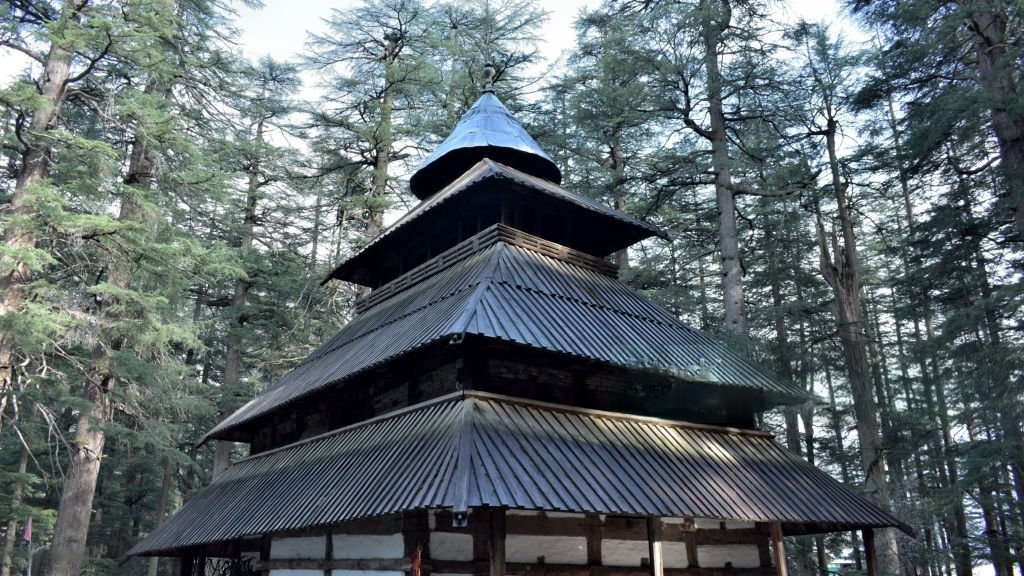
Also popularly known as the Dhungiri temple, Hadimba temple one of the central attractions of Manali, the world renowned tourism destination. The temple is located amidst exquisite beauties of forest parkland. Built in 1553 by Maharaja Bahadur Singh, Hadimba temple is a four storied wooden structure with a tower peaking up to 24 metres high. The three tiers of its square roofs are covered with timber tiles and the conical apex is embellished with a metal cladding. People visit this temple not only to worship, but also to marvel at the incredibly superb kind of construction it features.
3. Solang Valley
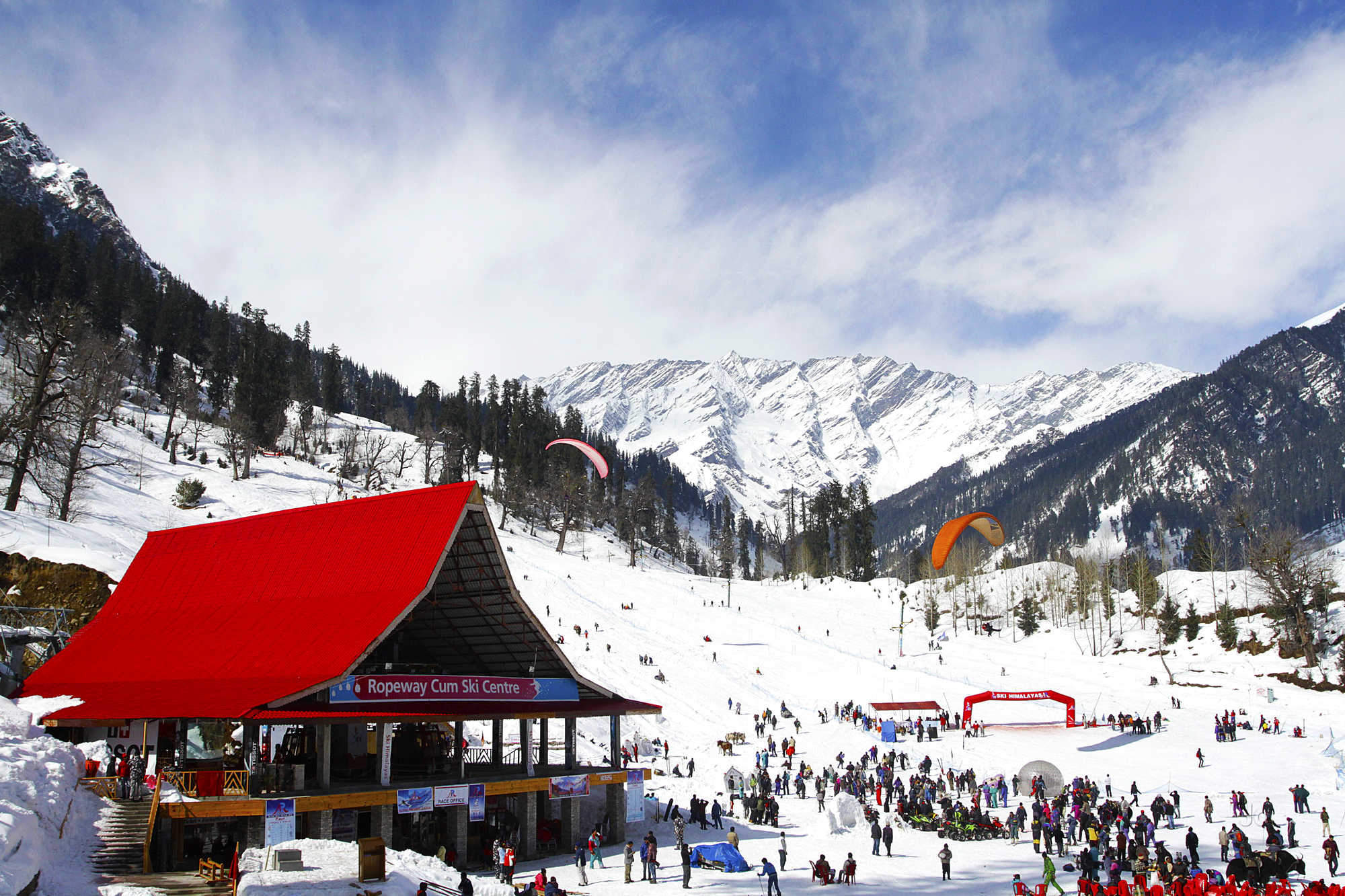
Located at a distance of 13 kms from Manali, Solang Valley lies between Solang village and Beas Kund. It offers a beautiful view of glaciers and snow-capped mountains. Since the valley has fine ski slopes, it is a perfect place for skiing.In winter, the valley becomes a skiing paradise with children of all ages slipping and sliding over the fresh white snow. When snow melts in the summer, skiing is replaced by parachuting, zorbing, paragliding and horse riding.
4. Beas Kund

Beas Kund is one of the most beautiful places in the Dhauladhar range (literally ‘the white range’) of the mighty Himalayas. Besides being regarded as sacred, Beas Kund is where the river Beas originates from and offer spectacular views of the nearby located Shitidhar, Ladakhi and Hanuman Tibba peaks. One of the most alluring treks in the Manali region, the trail offers panoramic views of the Pir Pangal range as well, and follows the banks of the river Beas. This is one of the most popular short treks through the Solang valley and takes you through an expanse of picturesque mountain landscapes.
5. Gulaba
 Gulaba is situated on the way to Rohtang Pass on Leh – Manali Highway. Gulaba is among popular places of sightseeing in Manali.Gulaba is located at an altitude of 4000 m. It is named after Raja Gulab Singh of Kashmir who camped here while he was invading China through this area. Covered with snow from November to February, it is the next best alternative for skiing when Rohtang Pass is closed because of snowfall in winter. The view of the majestic snow-capped mountains, the swirling Beas River and the small grasslands simply add charm to the area. Gulaba has been famous for skiing and other adventure sports. Besides skiing, one can also get involved in exploring the beauty of the region through Paragliding. Gulaba has numerous high peaks from where one can have a full view of the scenic location.
Gulaba is situated on the way to Rohtang Pass on Leh – Manali Highway. Gulaba is among popular places of sightseeing in Manali.Gulaba is located at an altitude of 4000 m. It is named after Raja Gulab Singh of Kashmir who camped here while he was invading China through this area. Covered with snow from November to February, it is the next best alternative for skiing when Rohtang Pass is closed because of snowfall in winter. The view of the majestic snow-capped mountains, the swirling Beas River and the small grasslands simply add charm to the area. Gulaba has been famous for skiing and other adventure sports. Besides skiing, one can also get involved in exploring the beauty of the region through Paragliding. Gulaba has numerous high peaks from where one can have a full view of the scenic location.
6. Vashisht Temple & Hot Spring
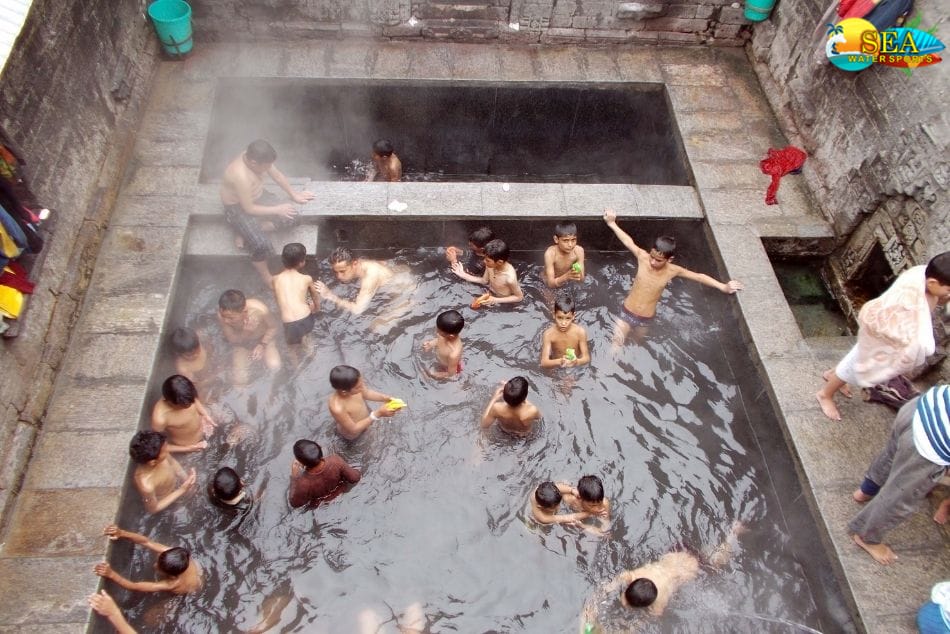
At a distance of 4 km from Manali, Vashist Temple in Manali is dedicated to sage Vashisht, the Kul Guru of Lord Rama in the village Vashisht across the River Beas. According to the legend, Rishi Vashisht was left depressed on finding out that his children had been killed by Vishwamitra. Rishi Vashisht tried to commit suicide by jumping into a river but the river refused to kill him. He then started a new life in the village here. The river which took the rishi to the village was named Vipasha, meaning “freedom from bondage’’. The Vashisht temple is believed to be more than 4000 years old. Inside the temple there is a black stone image of the Rishi wearing dhoti.The Vashisht Hot Water Spring is one of the famous attractions of this region. The hot springs is believed to have medicinal value. The springs are said to cure many skin diseases. Many people go to the Vashisht baths to take a dip and rid themselves of skin infections and diseases. There are also separate bathrooms for both men and women.
7. Naggar Castle
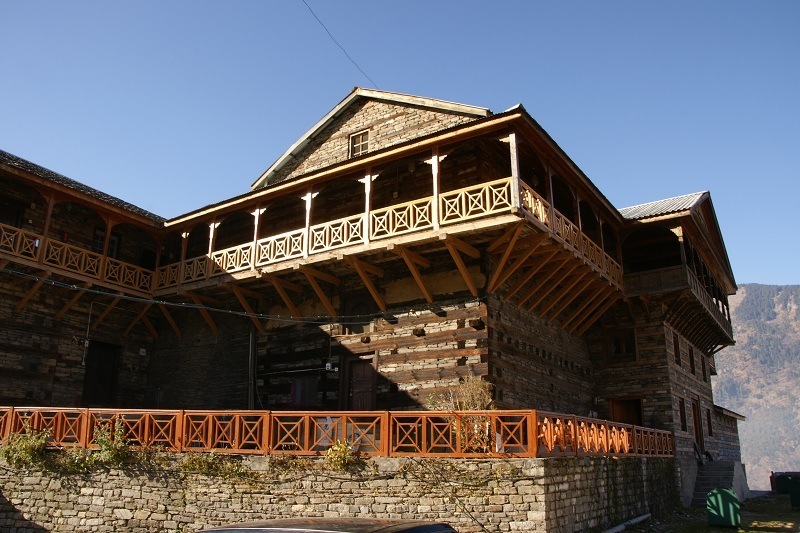
Naggar was the former capital of Kullu. It was founded by Raja Visudhpal and continued as a headquarters of the State until the capital was transferred to Sultanpur (Kullu) by Jagat Singh in 1460 A.D. Situated on the left bank of river Beas at an altitude of 1851m, Naggar – an ancient town commands extensive views, especially to the North West of the valley. The Castle was converted into a rest house, a hundred year back and in 1978 this ancient building was handed over to HPTDC to run as a heritage hotel.
8. Van Vihar National Park
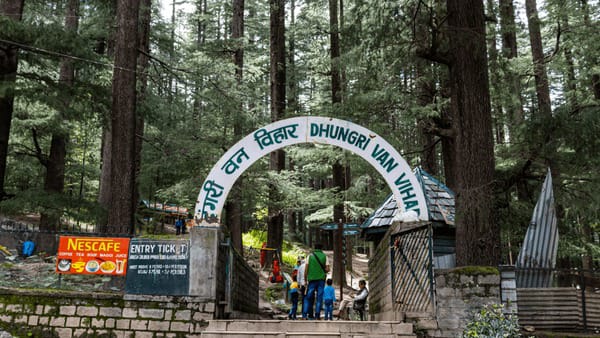
Van Vihar National Park is one of the most frequented attractions in Manali that offers a quiet escape from your otherwise thrilling tour. Full of Deodar trees that shade the whole area, this park is an ideal place to take your leisure strolls and to enjoy sunny afternoons. Inside the park, there are concrete as well as wooden benches where you can sit for hours together and marvel at the beauty of nature. For kids, there are boat rides as well. Make sure you visit this park to have an enamouring glimpse of lush green vegetation.
9. Rahala Water Falls

The stunning Rahala Falls is located at a height of 8,500 ft and about 16 km from Manali. It is located on the way to Rohtang Pass and whoever visits the Rohtang valley makes a halt at Rahala Falls to enjoy the scenic beauty of the place. One can click pictures, trek above the cliff and enjoy the melting ice of this fall. The Rahala waterfall is a result of melting glacier, and so the water of this fall is extremely cold. This fall is set amidst dense forest of deodar, silver birch trees, and fresh and aromatic air. This place is easily accessible from Manali and one can take a bus, car, bike, or pony to reach the spot. The view of the place is really attention-grabbing and it gives mental peace to the visitors.
10. Old Manali
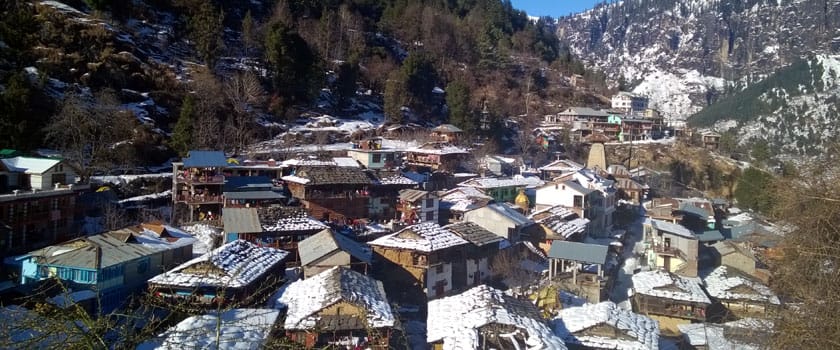
Old Manali is a complete contrast to New Manali. There are plenty of backpacker cafés and restaurants which serve some really tasty food. The chocolate cookies, chicken tuna pizza, chicken burger are a few of the must have things while you are in the hippie part of Manali. The vibe at Old Manali post sun down is something which words can’t describe, one has to be there to experience it for themselves. Many of the restaurants have live bands and karaoke nights which attracts a lot of crowd both Indian and foreign. Old Manali is a paradise for junkie lovers. The shops here have everything from funky sweatshirts and colourful pants to chillums and bongs. They even have hand painted T-shirts and summer dresses for girls. The woollen wear is something worth checking out even if you are not much into hippie clothing.
11. Manu Temple
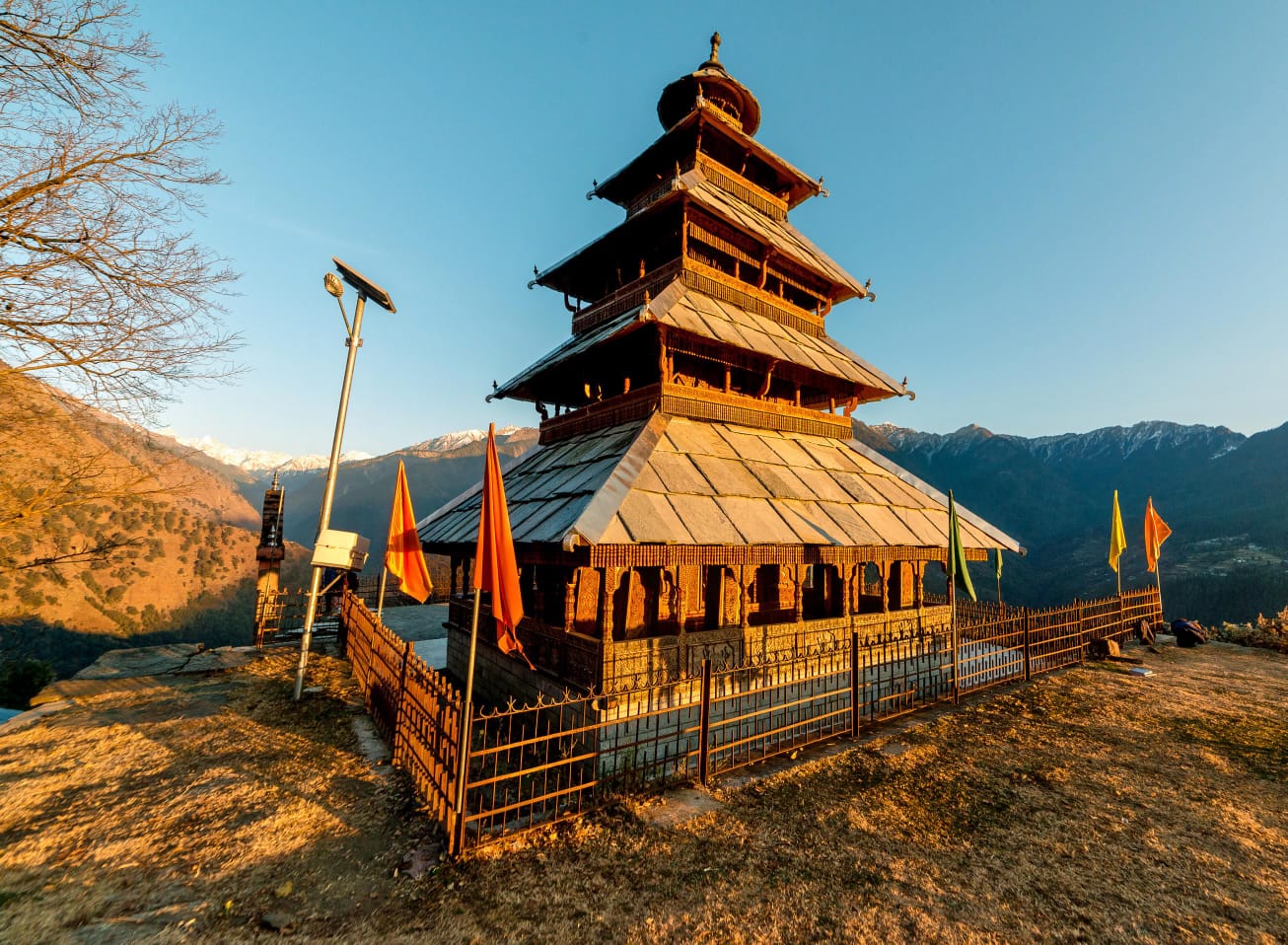
Manu Temple dedicated to the Indian sage Manu is located at old Manali. Manali is named after the sage Manu who was the creator of human race on earth according to mythology and it is believed that he meditated here. This is supposed to be the only temple of Manu in India. Manu Temple is one of the best Manali tourist places. Manu Temple was built in pagoda style of architecture. The temple was rebuilt in the year 1992, when the vaulted ceiling and marble floors were added. One can find various artefacts along with the idols of gods and goddesses in different postures in this temple.
12. Rohtang Pass
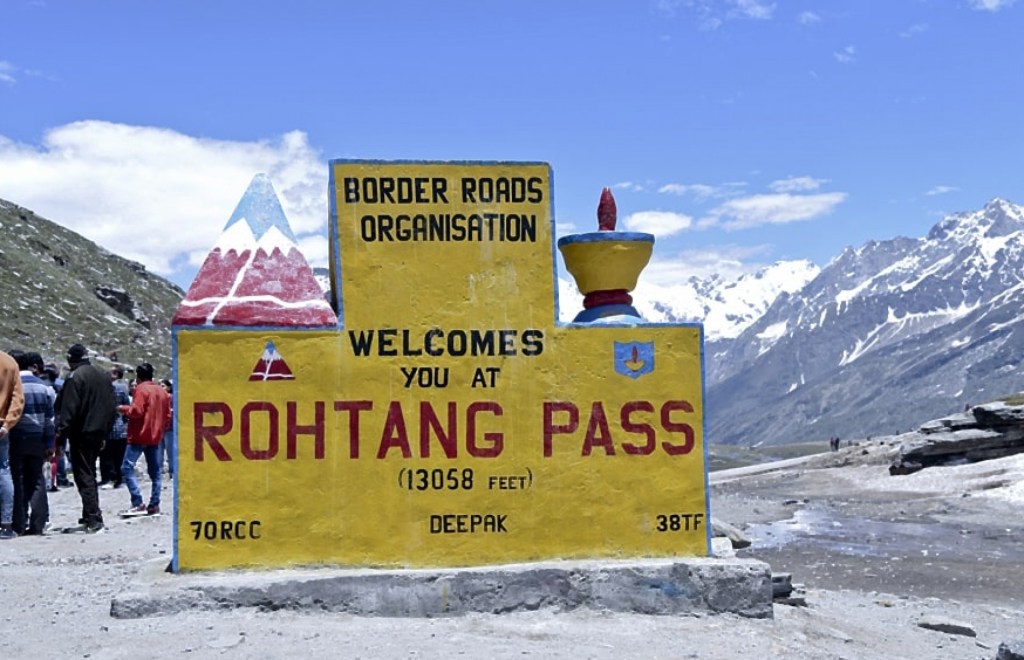
Rohtang Pass (or Rohtam Pass) is a high mountain pass at an elevation of 3.979 m (13,054 ft) above the sea level, located on the eastern Pir Panjal Range of the Himalayas. Situated about 55 km from Manali, the pass connects Kullu valley with Lahaul and Spiti which in turn provide access to Leh. The pass lies on the watershed between the Chenab and Beas basins. This pass is an ancient trade route between the people on either side of Pir Panjal.This mountain slope is so beautiful that people from every corner of the country visit this place to take part in adventure sports such as skiing, ice-skating, paragliding, etc.
13. Club House
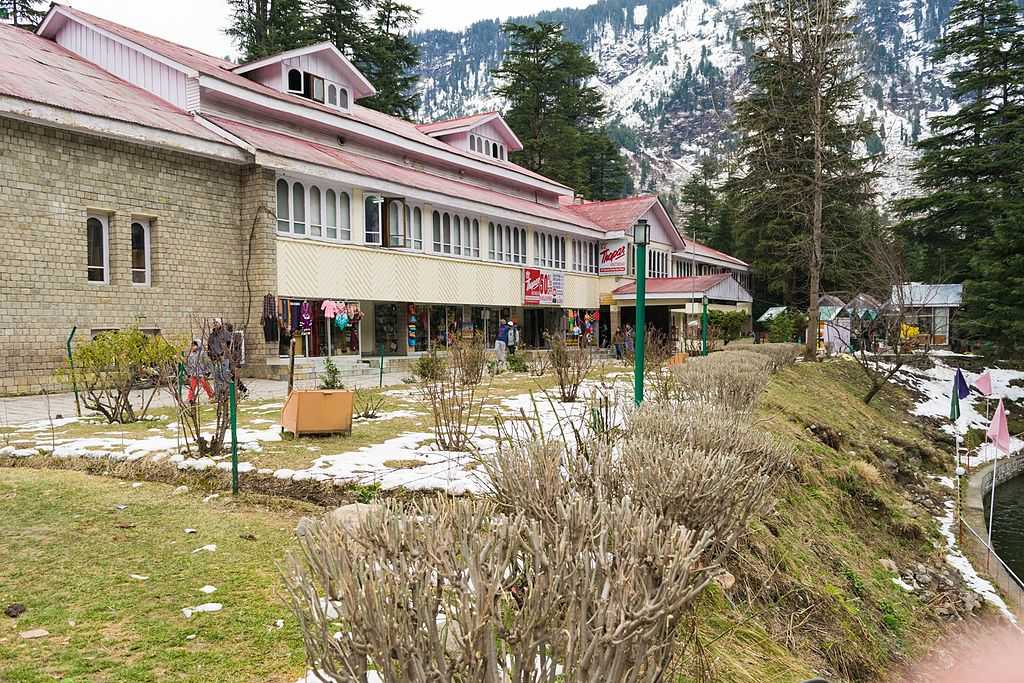
Club House is an amazing amusement and adventure zone, which is one of the most popular attractions in Manali. Placed on the banks of Beas River, it has various indoor and outdoor game facilities. The Club house is managed by the Himachal Pradesh Tourism Development Corporation (HPTDC). It has British style of architecture. Visitors can enjoy games like carom, skating, go-karting billiards, and table tennis. Adventurous souls can also try their hand at zip-lining where one has to cross a river using ropeway. There is an in-house restaurant at the Club House complex where the guests can enjoy hot and cold beverages, along with some delightful snacks. Other additions are video games centre, an auditorium and a library. There are a few shops also where you can get your hands on some good woollen clothing
14. Jagatsukh
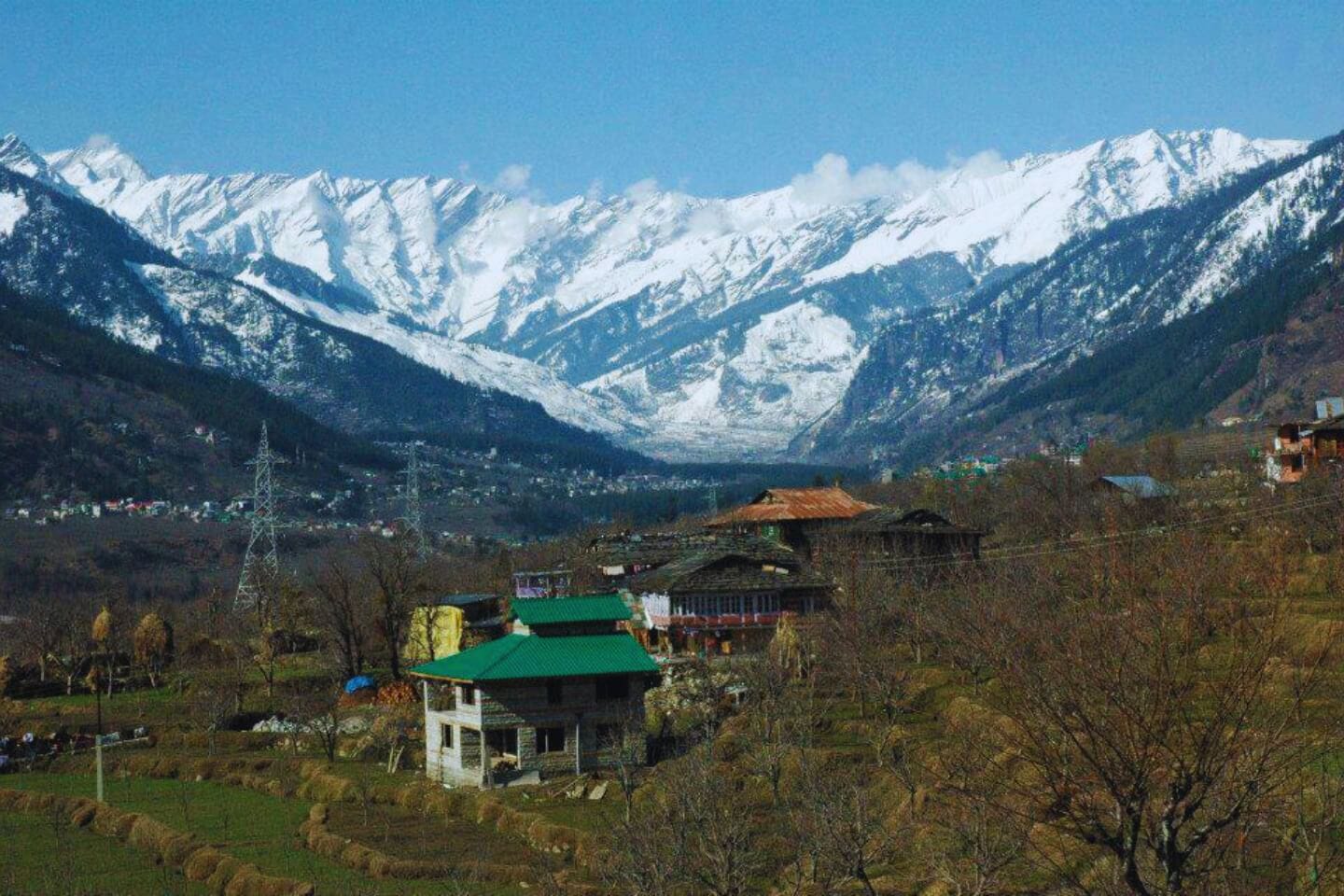 This temple is located in a small village located only 6 km south of Manali in the northern end of the Kullu Valley. Jagatsukh, which is well known for its old temples, houses a Shikhara style built Shive temple, also known as Jagatsukh Shiva Temple. This temple is surrounded by picturesque valleys and lofty snow-clad mountains that look even striking during the winters. Other than being a Hindu pilgrimage site, this place is a perfect honeymoon destination and a lot of tourists visit this spot to enjoy the wholesome beauty of the place.Jagatsukh was the former capital of Manali and presently is the biggest village in Kullu district. Its main claim to fame is the Gaurishankar Temple, which is dedicated to the Hindu god Shiva.
This temple is located in a small village located only 6 km south of Manali in the northern end of the Kullu Valley. Jagatsukh, which is well known for its old temples, houses a Shikhara style built Shive temple, also known as Jagatsukh Shiva Temple. This temple is surrounded by picturesque valleys and lofty snow-clad mountains that look even striking during the winters. Other than being a Hindu pilgrimage site, this place is a perfect honeymoon destination and a lot of tourists visit this spot to enjoy the wholesome beauty of the place.Jagatsukh was the former capital of Manali and presently is the biggest village in Kullu district. Its main claim to fame is the Gaurishankar Temple, which is dedicated to the Hindu god Shiva.
15. NICHOLAS ROERICH ART GALLERY AND MUSEUM
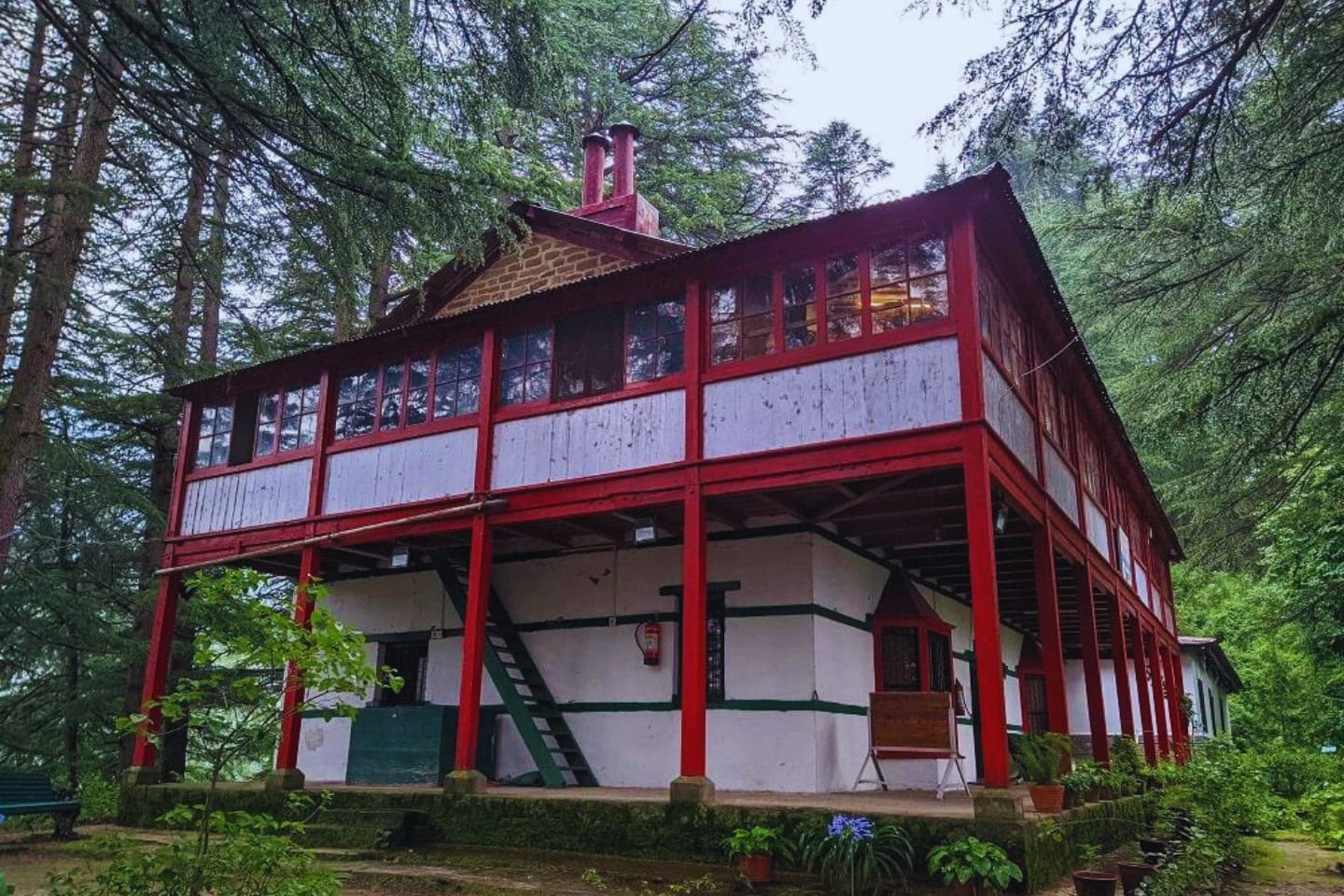
Nicholas Roerich is a Russian artist arrived in the Himalayas after the revolution of 1917, where he died in the year 1947. He married to Helena Roerich and famous Indian actor Devika Rani is his daughter in law. The Nicholas Roerich art gallery was founded in 1962 by Svyetoslav Roerich, son of Nicholas Roerich. The building that now houses the gallery once served as the residence of Nicholas Roerich. Himachal Pradesh Government and Russian Government have formed a trust to run this art gallery as the Roerich Heritage Museum. Paintings of Kullu, Spiti and Lahaul made by the painter have been housed in the ground floor of the gallery. A great number of his works are preserved in museums all over the world. Most of the paintings show the beauty of ice covered valleys and peaks during early hours of evening. The artist’s private rooms have been preserved in the upper floor of the museum. The original work of Roerich on the Himalayas, along with his quotations and words of wisdom as well as those of the visitors and admirers of the gallery, have also been put on display here.
